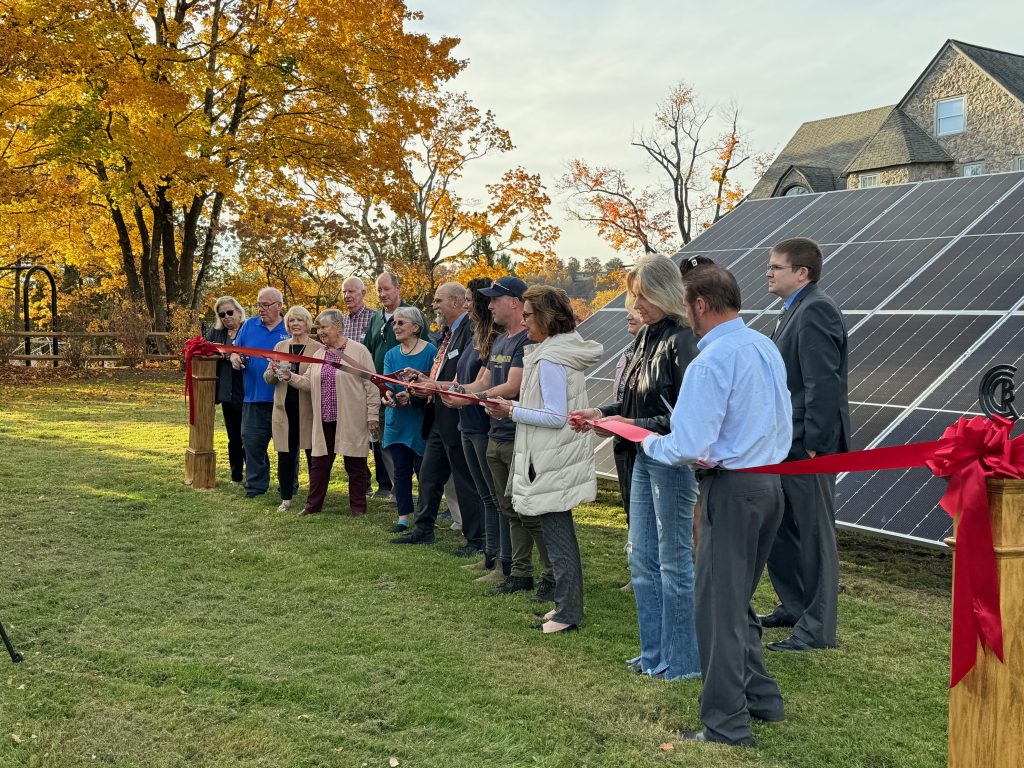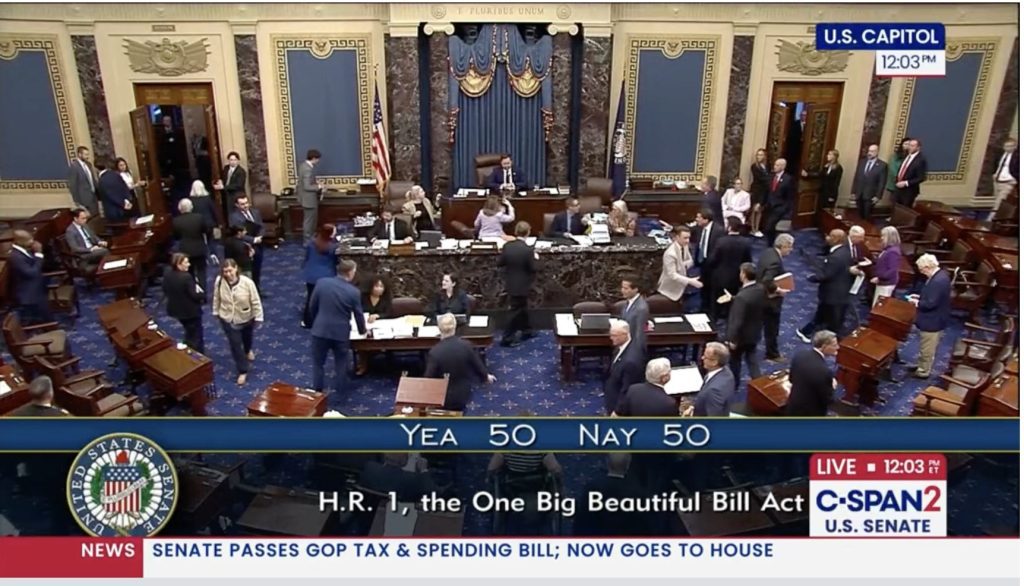Buffalo Creek
I first heard about the Buffalo Creek Disaster while at a meeting in central West Virginia. A group of activists had gathered to form an Appalachian chapter of the People’s Party — an anti-war, populist political party that in 1972 ran Dr Benjamin Spock for President. It was Saturday, February 26, 1972. An hour or two had passed since the flood swept through Buffalo Creek when someone heard it on radio or TV –”A coal company dam has collapsed, thousands are affected, hundreds are missing and feared dead.” The reaction from those in the room was similar–shock, horror, anger, outrage. The meeting came to an end. Several people left for Buffalo Creek. I returned to eastern Kentucky wondering what I could do.
The disaster on Buffalo Creek was as horrific as any mining disaster the coalfields had ever experienced – 125 people killed, 4000 left homeless, 16 communities completely or partially destroyed. The first comments from the Pittston Company, owners of the collapsed dam, came from an official in New York: “We’re investigating the damage which was caused by the flood, which we believe, of course, was an Act of God.” The dam was simply “incapable of holding the water God poured into it.” Pittston’s attitude never really changed.
Fearing a whitewash by company officials and their government friends, Black Lung Association members, religious leaders, environmentalists and other concerned folks from around West Virginia organized the Citizens’ Commission To Investigate The Buffalo Creek Disaster. The Commission scheduled hearings on Buffalo Creek soon after the flood to learn what had happened from those directly affected. Commission members asked Appalshop to document these hearings and eventually encouraged me to produce an investigative documentary to tell the story of what happened and why.
Appalshop at the time was struggling to transition from an OEO-funded “War on Poverty” program to an independent media organization. We only had a couple hundred feet of black & white film, a few blank videotapes, no money, and little credit, but we felt it was extremely important to begin to document the disaster.
We ended up spending several weeks in and around Buffalo Creek recording the hearings, videotaping interviews with survivors housed at Man High School, and filming the destruction and cleanup operations (and in the process, having one crew member arrested and jailed for trespassing). I was 20 at the time and had never before experienced anything like the chaos, confusion, anger, and despair that engulfed the community in the first weeks after the flood. It was incredibly difficult to ask survivors to talk about the disaster, but many generously shared their experiences and perspective on what had happened and why. Being on Buffalo Creek was physically and emotionally draining for all of us on the film crew. As difficult as it was for us, we knew it had to be so very much harder for the survivors.
The Buffalo Creek Flood: An Act of Man took a long time to complete. It was a complex story to tell and a painful one to deal with. The film would have been impossible to make without the film footage, photographs, and time donated to the project by people from throughout the region, or without the small grant we received from the Abelard Foundation. We never really had enough money and that fact, together with the variety of film stocks and formats used in the film and my own inexperience, led to a film of poor technical quality. I hope those viewing it will see past these difficulties.
Ten years after the disaster I took cameras back to Buffalo Creek to find out how the community had fared. Unfortunately Buffalo Creek Revisited finds a second disaster on Buffalo Creek, one in which the survivors’ efforts to rebuild the communities shattered by the flood were thwarted by government insensitivity and a century old pattern of corporate control of the region’s land and resources.
As I learned more about the events preceding the flood and followed the story for years afterwards, I came to understand that the disaster on Buffalo Creek was not an isolated “incident,” but rather, part of a pattern — an outrageous example of an industry-wide practice that places a greater value on profits and production than on the health and safety of coal miners, their families, and their communities. And until the coal industry is held accountable and forced to take responsibility for its actions, I believe there will be more Buffalo Creeks, more mine fatalities, more ravaged mountain tops and devastated hollers, and the people who live and work where the coal is mined will continue to pay its real costs.
I don’t think these films will change the attitude or practice of the coal industry. I don’t think a film can do anything of that magnitude. I only hope that they will impart some knowledge, some understanding and insight, into the structure of power in Appalachia, and provide a starting point from which to examine the rights and responsibilities of corporations, governments, and citizens in other coal mining communities and in our nation as a whole.
I do have some evidence this can happen. Twenty-five years after the disaster I received a letter from the staff and faculty of the University of Hawaii Law School. They told me how they studied the disaster from a legal perspective in first year law class: “Almost everyday we mention Buffalo Creek and its legal and non-legal ramifications. We have had many discussions about the people in the communities that were so adversely affected. We wanted to thank you for bringing their personal stories to the screen and therefore helping us in many ways to understand the whole story. As law students we can’t change what happened there over 25 years ago, but we can evaluate our goals as future attorneys. Your work helped remind us that the people we represent and their stories should never be forgotten in our quest to litigate.”
They also asked me to pass on a letter they had written to the people of Buffalo Creek. In it they wrote: “Last week we watched the two documentaries that were produced about your story. We were intensely moved by what we saw. A piece to the complex puzzle, the personal stories behind the litigation came to life. We were amazed by the courage we saw exemplified in the people interviewed. In Hawai’i, our communities and land are an integral part of who we are. So, we were particularly saddened to see your communities first uprooted, then destroyed by Pittston’s negligence. We want to thank all of you for fighting for your rights and for maintaining your dignity as best you could in the face of such adversity. Hopefully, our collective society has learned a few things from the tragedy. We certainly have. It is our duty now, entrusted with this knowledge, to never allow this to happen again.”
Amen – Mimi Pickering
————
Mimi Pickering continues to produce films as part of Appalshop. In 2005, the Librarian of Congress selected The Buffalo Creek Flood: An Act of Man for the prestigious National Film Registry, describing the film as a “powerful documentary” that “represents the finest in regional filmmaking, providing important understanding of the environmental and cultural history of the Appalachian region.”
Visit www.buffalocreekflood.org for more information on the disaster and the films.
Related Articles
Latest News
More Stories

Leave a comment
Your email address will not be published. Required fields are marked *




